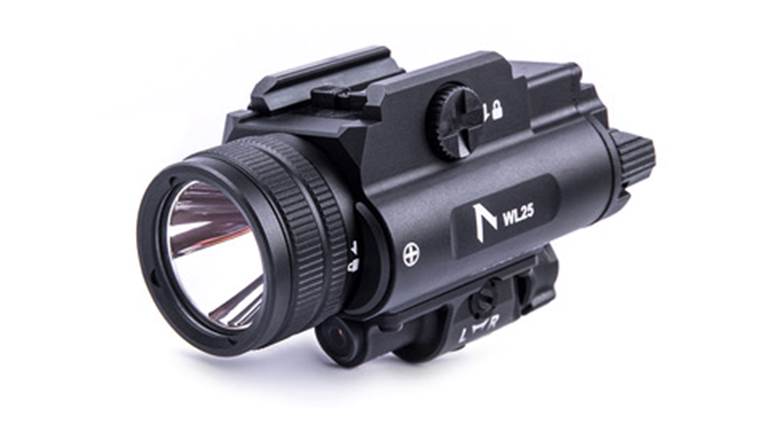
A trend gaining momentum after Russia’s unprovoked 2022 invasion of Ukraine made headlines this month when Finland announced it was establishing 300 additional public shooting ranges. Authorities told reporters from The Guardian the move will enhance national security by improving civilian access to the sites, increasing participation and encouraging training.
Finland shares 830 miles of border with Russia. The history between the two countries is a contentious one that began when Finnish forces launched a successful war for independence from the Russian Empire in 1917.
Relations were strained but peaceful after World War II, until the invasion of Ukraine. Finland, fearing the worst, began negotiations to join the North Atlantic Treaty Organization (NATO) shortly after the 2022 campaign launched. Russia responded with a warning that there would be “… serious military and political consequences …” if that were to happen. On April 4, 2023, Finland became the 31st member of NATO, and the escalated rhetoric that followed endangers an already-fragile stability.
Finland had roughly 2,000 shooting ranges in 1999, but that number dwindled to 670 by this year. The government wants the inventory up to 1,000 by 2030.
The approach isn’t new and has proven effective in the United States. The National Rifle Association (NRA), for example, was founded in 1871 by Gen. George Wingate and Col. William C. Church after witnessing the poor marksmanship skills exhibited during the Civil War. “An important facet of the NRA's creation was the development of a practice ground,” according to the NRA about webpage. “In 1872, with financial help from New York State, a site on Long Island, the Creed Farm, was purchased for the purpose of building a rifle range.”
It, along with others, were a solid beginning, but the U.S. government was enlisted in the effort in 1903, when President Theodore Roosevelt established The National Board for Promotion of Rifle Practice. “The first step—in the direction of preparation to avert war if possible, and to be fit for war if it should come—is to teach men to shoot,” he noted.
The National Defense Act of 1916 followed, bringing with it a new Office of the Director of Civilian Marksmanship. The government then began providing rifles and ammunition to clubs and ranges—to encourage practice—and established the annual National Matches that are now internationally recognized. The modern version of that office is known as the Civilian Marksmanship Program [PDF], and it continues many of those programs to this day.
One reason for Finland’s announcement is crowding on its limited number of shooting ranges. “Training days for national defense enthusiasts have more than doubled throughout the country following Russia's invasion of Ukraine,” according to a report from Finnish public broadcasting outlet Yle this month.
Citizens across other areas in Europe are also receiving training, some of it government-sponsored. In Poland, for example, EuracTiv reported in 2022 that, “Education minister Przemysław Czarnek has already announced that schools will provide defense training and shooting exercises for students as of September.”
And the number of people securing gun-ownership permits has skyrocketed. The number authorized in Poland came in at a record 37,402 for 2022. It was a short-lived high-water mark, though, because 2023’s volume was 40,867. That year, a new law was also enacted in the country that made it much easier for police, some military and armed government employees to secure the permit. Poland’s National Police Headquarters puts the total number of privately owned guns in that country at 843,755 as of Dec. 31, 2023.
Ukraine handed out 18,000 guns to volunteers by the second day of fighting in 2022 in the hope they could help slow or stop Russian forces, according to the BBC. What the country couldn’t provide, however, is the marksmanship skills, familiarity and ballistic knowledge required to neutralize the approaching threat. Finland and Poland are providing their citizens with that education now. Hopefully that “preparation to avert war” will not be needed, but if it is, there’s no doubt it will be more effective.




































